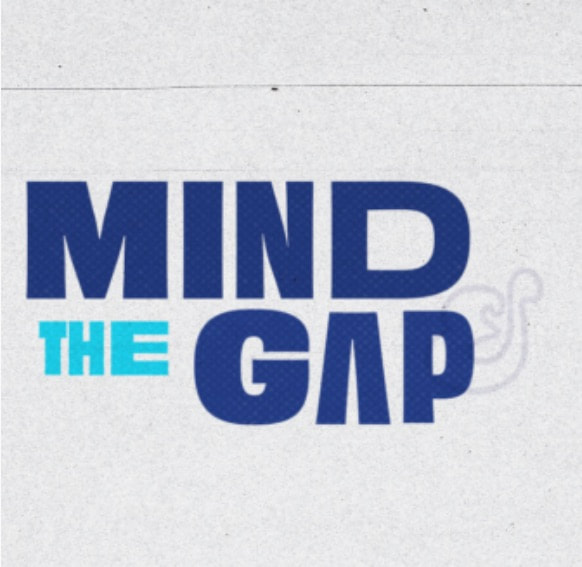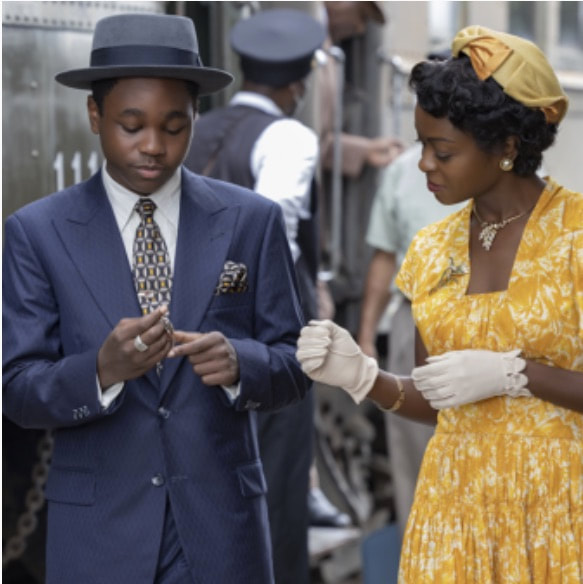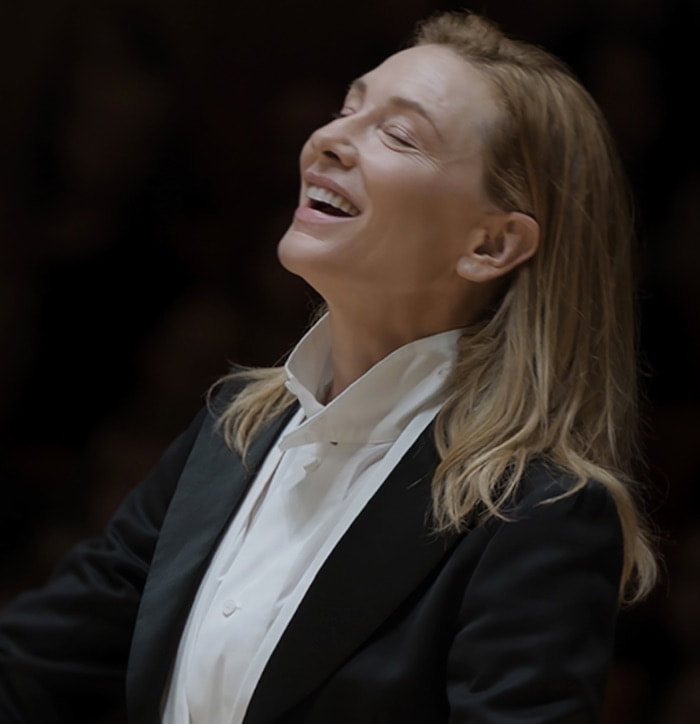|
Cameras, lights, action! Just like the movie industry is back to a local theater near you, with varying degrees of success after the challenges of the last couple years, so too are the film festivals that introduce the movies to industry professionals and avid movie goers alike. In the literal world of film festivals they usually fall into one of several categories: classics that are well-known, indie and trendy, and classics but lesser known. Of the first group you have your staples, such as the star studded Cannes, gauging movies by standing ovations and judging panels, New York, Toronto, and Venice. Although they take place at different times, sometimes completely different seasons, these always feature multiple high profile filmmakers and talent, and varying amount of selections. Toronto, with 200 featured films and 40 shorts, has a huge selection of films, which are only judged by the audiences. Conversely, the New York festival, caps out at 25-32, prides itself on being more carefully curated, and no juries and awards.
For the indie and trendy festivals, Sundance, and Tribeca are the crem de la crem. Back in its heyday of the 80s and early 90s, Sundance was credited by many of igniting the credibility of and interest in American independent movies and their quirky, novice and often times young filmmakers. If you’re old enough to remember or are a bit of a film aficionado, think “Sex, Lies and Videotapes” (Steven Soderbergh), “Blood Simple” (Joel and Ethan Cohen) and “To Sleep With Anger”(Charles Burnett). Before those films screening at Sundance, most did not know who any of those directors were. What I want to highlight is a festival that serves as an excellent example of the latter listed category- classic but lesser known- and one that is in a category somewhere in between all of the above, or maybe could be considered in a category all its own. I venture to wager that many folks, in and out of the industry, are unaware of the Arab Film Festival (AFF) that takes place late in the year (November 11- 20) in San Francisco, yet it’s been around for over two decades, and is seemingly thriving. As press, I am looking forward to participating in its 26th anniversary. Likewise, it’s hard not to be impressed in learning about its history, and it’s focus “to fine, nurture and showcase Arab talent in the United States.” This includes a section on Arab Women in the Arts and a section dedicated to the Arab LGBTQ community. According to the program notes, “The annual Queer Lens program celebrates the multi-dimensional formations of Arab queerness in stories that so urgently need to be told, especially in today’s polarized media climate that leaves issues of visibility lost in the haze, or, worse: cast in a one-size-fits-all “Western Queer Narrative” that ignores the many complexities and nuances faced by LGBTQ+ persons in the Arab World and beyond.” For its prestigious opening night film, programmers have selected Blue Caftan from award-winning director Maryam Touzani, who will be present to take audience questions. Now for that festival that I referred to as being somewhere in between my earlier mentioned categories, or maybe defying any one standard one, I bring the Mill Valley Film Festival to your attention. Of several festivals, like Toronto, New York and Tribeca, it is the one I have covered the most. While I like all the aforementioned festivals for different reasons, I appreciate the unique qualities of MVFF that makes it a must for cinephiles in the Bay Area, and should be considered for destination film festival goers. Taking place in October, at the conclusion of the major festivals season, and being medium in size as far as number of entries, it doesn’t usually get movie premiers. Programmers are quite often and unabashedly sourcing selections from other earlier festivals, like Cannes. What it lacks in what some would consider prestigious premiers, it makes up for in commitment to the Bay Area communities it serves through educational and entertaining collaborations, as well as commitment to programming that uplifts female voices and stories behind the cameras. I’ve written about it before, but it bears repeating, how this festival dedicates a section of panels, award presentations and screenings to gender equality. Having already met their goal of 50/20 (50% of the festival represented by women by 2020), they continue to challenge the male-dominated industry. “Mind the Gap continues to work towards this by championing women and other marginalized voices in cinema. This year, we are celebrating powerful connections that spark inspiration. Our exciting slate of films and programming centers female filmmakers across the globe, and reveals the vision, resolve, and clarity of purpose we must draw on to find the best way forward. We are proud to celebrate these vibrant films and filmmakers, and hope you will join us” (California Film Institute). The 2022 Mind the Gap Award recipients will include Chinonye Chukwu for directing (“Till”), Danielle Deadwyler for acting (“Till”), and Pratibha Parmar for filmmaker and activist (“My Name is Andrea”). Speaking of that last mentioned award category of “filmmaker and activists,” the MVFF has a programming section with a focus on local and global social activism. This is through actual movie screenings, and environmental awareness education activities called “Active Cinema Hike.” While the overall festival is wonderfully inclusive, with offerings from the indie film world, documentaries and foreign cinema, its prestigious Opening (“Glass Onion”), Centerpiece (“Till”) and Closing Night selections (“The Good Nurse”) lean toward the American, obvious and commercial. Because of the festival’s relatively close proximity to Hollywood, festival goers will not be lacking of star power, but more importantly if you steer away from the usual commercial film selection suspects, can be assured of a laudable and pleasing array of diversity. Large or small; local or international, all of these festivals are carefully navigating a post-Covid shutdown world. Just as the movie industry in general had to pivot to accommodate viewers legit concerns during Covid and endure a hit to the bottomline, so too are festivals. Initially, some festivals cancelled altogether in 2020, while some offered screenings online. Most now have returned to all in-theater, with less than pre-pandemic attendance. In 2020, MVFF did a unique combination of drive-in and online screenings, and this year is offering a small offerings of online screenings with mostly in-theater. Although some more destination festivals, like Sundance are experiencing waning attendance, MVFF is happy to see many of their theater screenings sold out in record time. Whether struggling or thriving, festivals seem to be maintaining their integral part of the film industry eco system. Access more information on the MVFF entire program, which is a combination of in-theater and online, at https://www.mvff.com/mvff45-program-guide/ 2022 Film Festival Winners and Showcase Movies: Sundance - "Nanny," "Cha Cha Real Smooth" Cannes - "Triangle of Sadness" Venice - "Tar," "All the Beauty and All the Bloodshed" MVFF buzz movies - "Tar," "Decision to Leave," "The Grab," "The Whale"
0 Comments
Leave a Reply. |
AuthorPaula Farmer Archives
September 2022
Categories |







 RSS Feed
RSS Feed